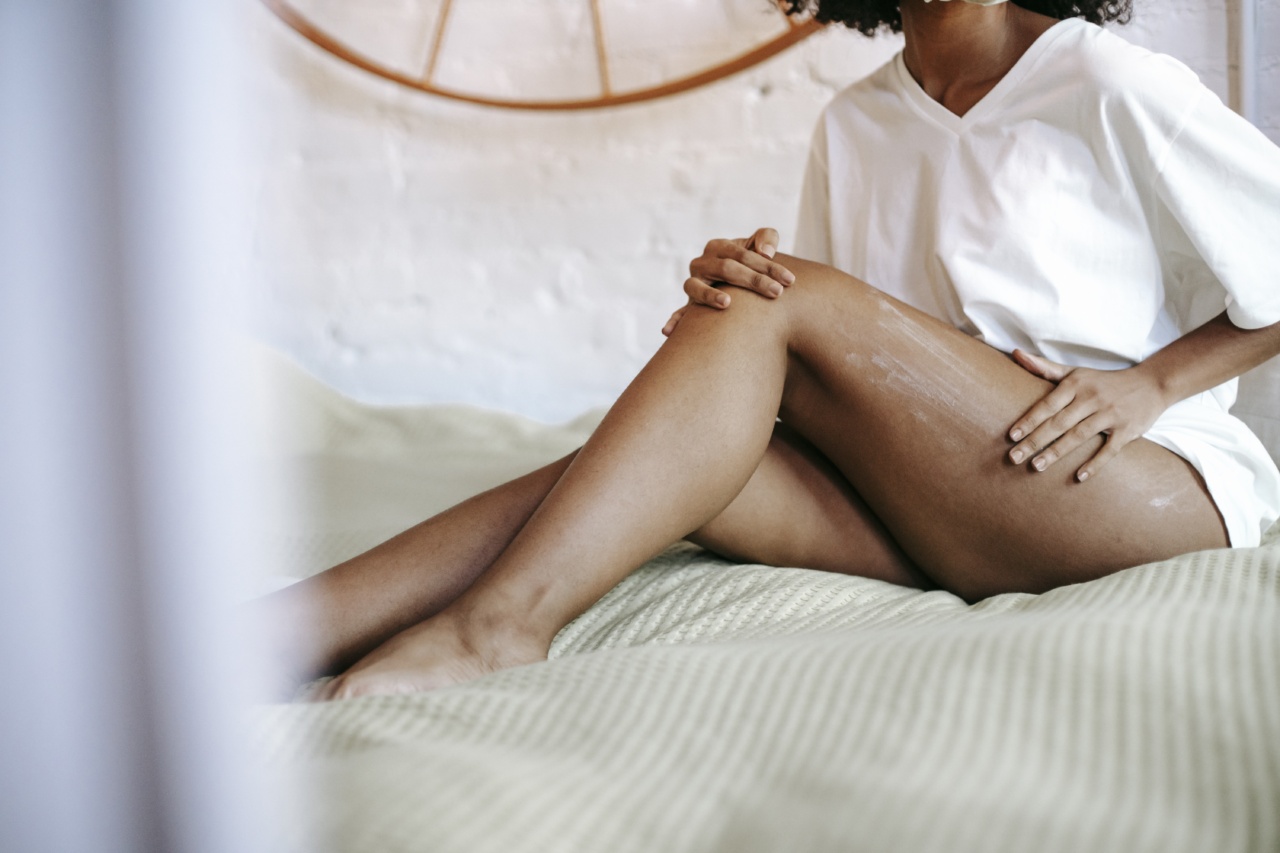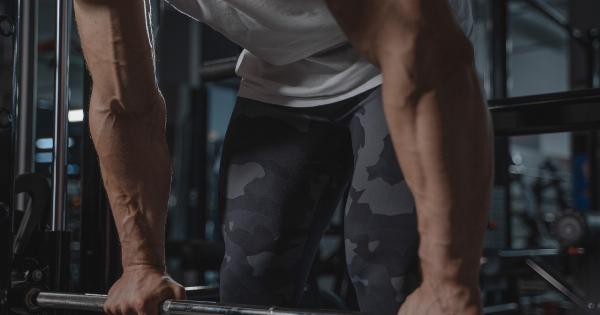Varicose veins are twisted, enlarged veins that usually appear on the legs and can cause discomfort or pain. They occur when the veins’ valves do not function properly, causing blood to accumulate and stretch the veins.
While medical intervention may be necessary in severe cases, there are several natural remedies that can help alleviate symptoms and improve the appearance of varicose veins. Here are 10 ways to treat varicose veins in your legs naturally.
1. Exercise Regularly
Regular exercise is essential for overall health and can also help improve blood circulation, which is crucial in the treatment of varicose veins.
Engaging in activities like walking, jogging, or swimming can help strengthen leg muscles and encourage blood flow. Try to incorporate at least 30 minutes of exercise into your daily routine to boost circulation and reduce the appearance of varicose veins.
2. Maintain a Healthy Weight
Excess weight puts additional pressure on the veins in your legs, making it harder for blood to flow efficiently.
By maintaining a healthy weight, you can reduce the strain on your veins and potentially prevent the development or worsening of varicose veins. Eat a balanced diet rich in fiber, fruits, and vegetables, and avoid processed foods that contribute to weight gain.
3. Elevate Your Legs
Elevating your legs can provide relief from the discomfort associated with varicose veins. When you sit or lie down, prop your legs up on a pillow or cushion to raise them above heart level.
This position helps to drain blood from the veins and reduce swelling. Aim to elevate your legs for at least 15 minutes several times a day to alleviate symptoms.
4. Wear Compression Stockings
Compression stockings are a widely used method to promote blood flow and relieve symptoms of varicose veins.
These specialized stockings apply pressure to the legs, which helps squeeze blood back towards the heart, preventing blood from pooling in the veins. Make sure to wear stockings with the correct level of compression as advised by your healthcare professional.
5. Make Dietary Changes
Adjusting your diet can have a positive impact on your vascular health and help manage varicose veins. Focus on incorporating foods that are rich in flavonoids, such as berries, citrus fruits, and leafy greens.
Flavonoids are known to enhance vein strength and promote healthy circulation. Additionally, reduce your sodium intake to prevent water retention and swelling.
6. Practice Yoga
Yoga is a gentle form of exercise that can improve blood flow, strengthen muscles, and increase flexibility. Certain yoga poses, such as Legs-Up-the-Wall pose or Forward Fold, promote venous return and reduce the appearance of varicose veins.
Regularly practicing yoga can aid in the prevention and management of varicose veins.
7. Stay Hydrated
Proper hydration is essential for maintaining healthy veins and reducing the risk of developing varicose veins. Drinking an adequate amount of water helps thin the blood, making it easier to circulate through the veins.
Aim to drink at least 8 glasses of water each day to support vascular health and improve overall blood circulation.
8. Massage with Essential Oils
Massaging the affected area with essential oils can help alleviate pain, reduce inflammation, and improve blood flow. Cypress, lavender, and horse chestnut essential oils are particularly beneficial for treating varicose veins.
Dilute a few drops of essential oil with a carrier oil like coconut or almond oil and gently massage onto the affected area using upward strokes.
9. Apply Cold Compresses
Cold compresses can provide temporary relief from discomfort caused by varicose veins. The cold temperature constricts blood vessels, reducing inflammation and swelling.
Wrap a cold pack or a bag of frozen peas in a towel and apply it to the affected area for 15 minutes at a time, several times a day.
10. Avoid Prolonged Standing or Sitting
Standing or sitting for long periods can contribute to poor blood circulation and aggravate varicose veins. If your occupation requires prolonged standing or sitting, make sure to take regular breaks to stretch your legs and improve blood flow.
When sitting, avoid crossing your legs, as it can impede circulation.































